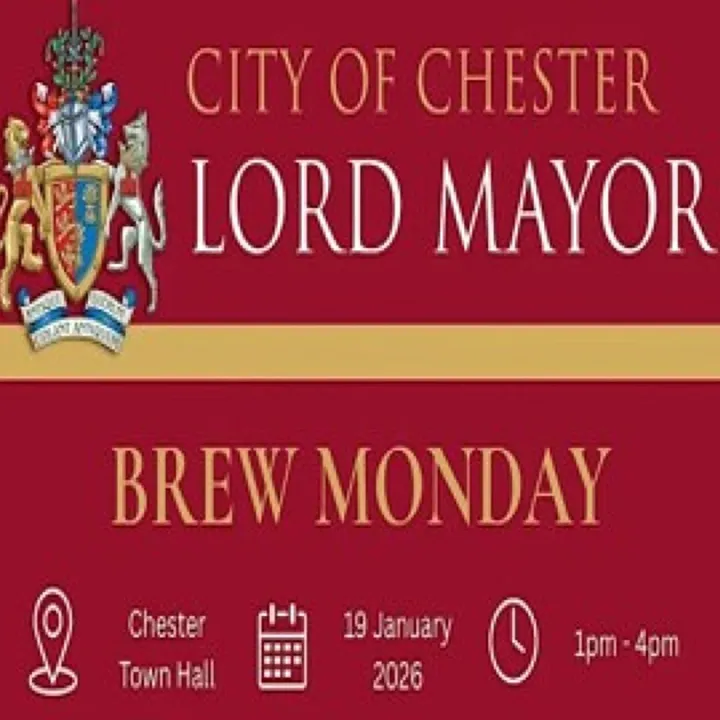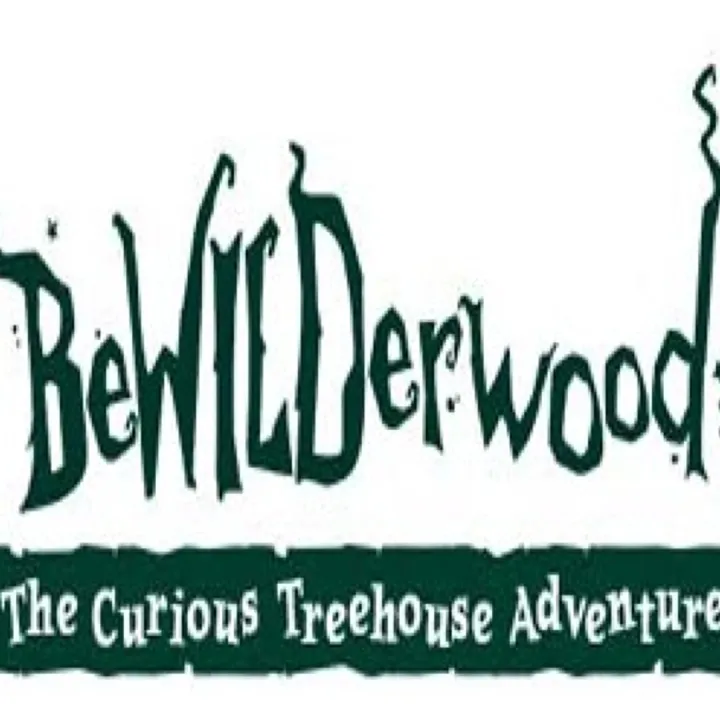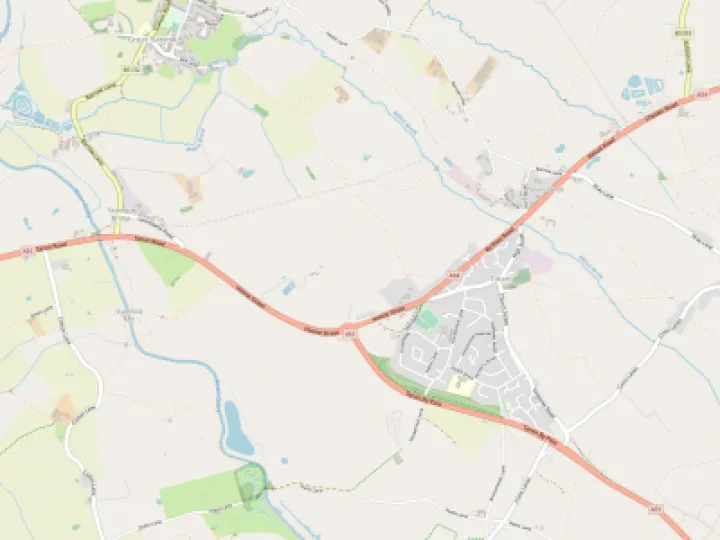The Origins of Hockenhull and the Platts
Hockenhull existed as a place of human settlement, long before it had a name. Its situation was defined by the landscape; the river Gowy and its marshes set where the earliest site of Hockenhull developed.
It needed to be away from the river to avoid flooding, be on a level, well-drained site and, with defence in mind, views to watch for dangers. Such requirements, as well as access to water, sources of food, building materials and land for farming would all be important in choosing a site.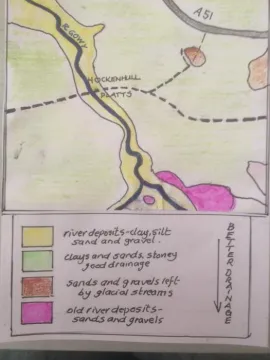
The geology of the area shows just how well the site was chosen. A succession of wrong choices and finally the ideal site; a small area of well-drained gravels and sands. Decisions by people appreciating the landscape and accepting risks and, through trial-and-error they were successful.
Today, Hockenhull Hall is proposed as being on or close to this site. The basic needs of the early settlers were satisfied. Over time the site was likely to be used again and again; the site may have been modified, cleared or abandonment.
The name Hockenhull appears to originate as a personal name of a person who lived on a hill, by a stream or other physical feature.
[Location of Brookhouse Farm
]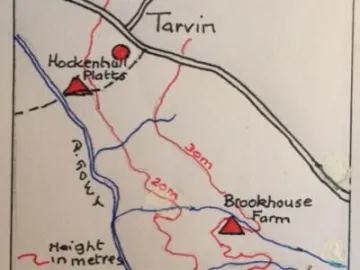
It is considered that Hockenhull was a farmstead rather than a settlement before the Romans, and possibly, in the Bronze/Iron Age. In 2001, at Brookhouse Farm, Bruen Stapleford, aerial photography located a possible Iron Age settlement close to the Gowy and only a short distance from Hockenhull. Excavations unearthed a small group of six structures dating from 1,200BC. As well as five roundhouses within an enclosed fenced area and ditch, Pottery, animal bones, some food remains, and a vessel for salt were found. Other artefacts ranged from pre-Bronze Age through Roman and beyond, covering some 1000 years of human activity
The Hockenhull site closely resembles the situation at Brookhouse. There may well have been pre-historic sites along the upper slopes of the Gowy valley.
The earliest mention of Hockenhull appears in 1208 as Hokenhull.
During the reign of Henry III (1216-1272) the manor of Hockenhull was granted, in about 1271, to William de Hockenhull by St.Werburgh's Abbey.(3)
The spelling often changes to include Hokynhul, Hokenale, Hokenhull (1353 in the Black Prince's Register, Hokkenhull (1385), Hockenelll, to finally settle on Hockenhull around the mid-17th century.
In 1347, a pele tower stood on the site. Built by Richard de Hockenhull it was a fortified house, possibly moated, with a metal basket on top of the tower loaded with firewood to signal unwelcome intruders.
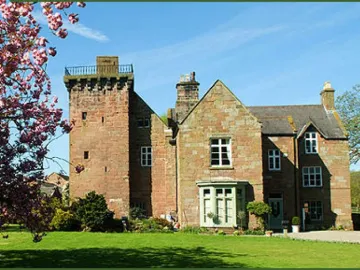
The photo shows a pele tower at Brimstage, Wirral as idea of what may have been at Hockenhull; the tower might have been detached.
In 1662, Joseph Hockenhull moved by marriage to Shotwick. He sold the Hockenhull estate in 1712. Soon after, according to one source, the hall was taken down and a farmhouse replaced it.
[The Platts
]
In contrast, the origin of the Platts is not so clear. This reference is the generally accepted one:
'the name element 'hock' may come from the Welsh hocan, meaning to peddle or sale abroad. Similarly, hen is the Welsh for 'old'. And heol means 'paved way' or road.
While platts is an Old English word for 'bridges'; a word associated with planks...so, the meaning is something like 'the bridge on the old peddlar's way
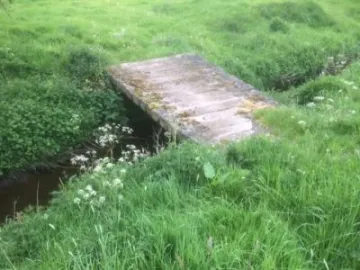
Plat is a medieval word. Le Plat (1288) is of Norman origin. The word is used with Hockenhull but with variations, as Plat, Plot, Plate in the 14th century, then Hockenhull Platts to the present day.
As for the bridge, it was likely to be a plank bridge rather than a structure over the Gowy. Where the Gowy flowed at that time is not known. However, when considering the history of the Gowy, perhaps, some informed guesswork will be needed.
Ed: If you would like to know more about David's original research then David is happy for you to contact him by Email: dbkeogh@hotmail.com or Phone: 1606889133
Quick Links
Get In Touch
TarvinOnline is powered by our active community.
Please send us your news and views.

